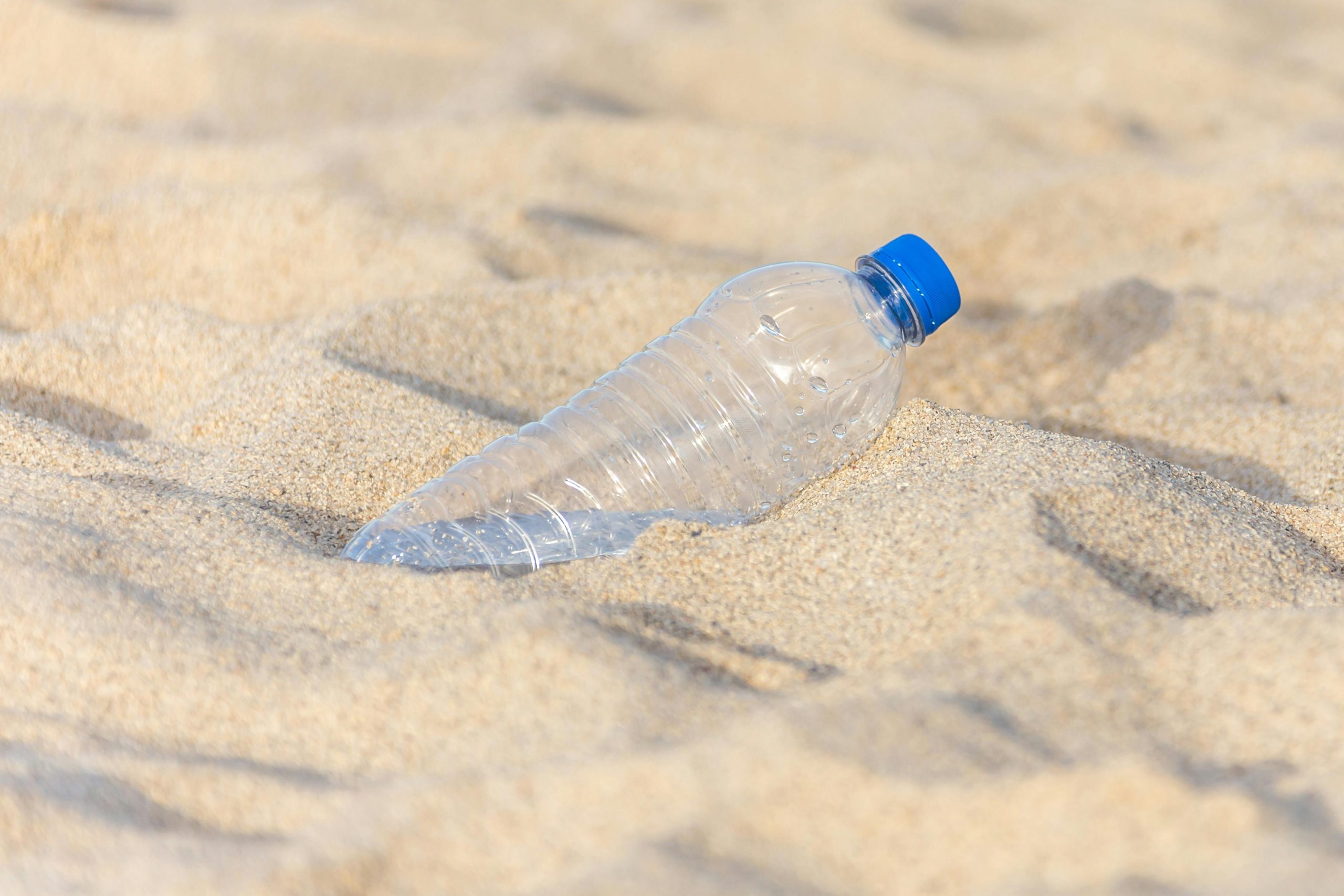The Converging Crises on the Amazonian Littoral: A Comprehensive Structural Overview for Twenty-Twenty-Five

The year 2025 finds the world grappling with the undeniable realities of a warming planet, a global emergency that manifests with brutal immediacy in vulnerable coastal zones across the globe. Nowhere is this more acutely felt than on the eastern edge of Marajó Island, Brazil, where the mighty Amazon River meets the Atlantic Ocean. Here, in communities like Vila do Pesqueiro, the confluence of rising sea levels, increased meteorological extremes, and ecosystem fragility has turned a historical home into a contested space, forcing a reckoning with displacement, economic insecurity, and the very meaning of resilience. This article provides a comprehensive structural overview of the challenges facing the Amazonian littoral as of November 2025, anchored by the ongoing struggle of a community under siege.
Setting the Stage: A Global Climate Emergency Manifesting Locally
The global climate dialogue, currently centered around the proceedings of the COP30 Summit in Belém, Brazil, often focuses on abstract targets and national emissions inventories. However, for the residents of the Amazonian coast, the crisis is not an abstract target but a daily, encroaching reality. The World Meteorological Organization (WMO) reported in November 2025 that the year is on track to be among the three hottest ever recorded, with greenhouse gas concentrations and sea levels continuing their upward trajectory. This planetary shift translates directly into amplified local hazards: higher high tides, more energetic storm surges, and relentless coastal erosion that redraws the map of traditional territories.
The Evolving Narrative of an Amazonian Paradox: Land Meets Sea in the Face of Planetary Shifts
The Amazonian littoral represents a profound paradox: a region vital for global climate regulation through its immense rainforest, yet one whose own coastal margins are sinking and receding due to global climate failure. The narrative is shifting from one of pristine, isolated wilderness to one of frontline climate vulnerability. For communities like those in Vila do Pesqueiro, the dynamic equilibrium of the Amazon River-Ocean Confluence is being fundamentally altered by global mean sea-level rise (MSL). This instability, driven by thermal expansion and melting ice, is now outpacing the natural sediment deposition processes that have historically shaped the vast delta.
Documenting the Immediate Impact on Vila do Pesqueiro: A Community Under Siege
Vila do Pesqueiro, a community of approximately 160 families on Marajó Island, has become a potent symbol of this existential threat. The community has been battered by intensifying tides and accelerating erosion, culminating in a specific, acute disaster: a violent storm in February 2024 that devoured ancestral land and forced significant relocation. Residents who once lived within meters of the shoreline are now finding their former homes submerged, facing a stark, immediate reality of loss and forced adaptation.
The Specificity of the February Two Thousand Twenty-Four Event: A Case Study in Acute Coastal Vulnerability
The February 2024 storm was not merely a bad weather day; it was a tipping point event that validated scientific projections of extreme coastal vulnerability. For residents like Ivanil Brito, the event represented the sudden vanishing of a decades-long existence, where her stilt house and the adjacent productive land were swallowed by the relentless surge. This single event serves as a crucial, real-time case study demonstrating how existing high-energy, tide-dominated conditions on the coast amplify the destructive potential of climate-driven storm surges.
The Human Toll of Retreat: Testimonies of Loss and the Emotional Geography of a Vanishing Home
The human cost of retreat is measured not just in lost property, but in a profound disruption of cultural geography. Ivanil Brito notes that relocating less than a kilometer inland feels like entering “a completely different world”. The emotional geography of a vanishing home creates deep fractures in community identity. The experience is one of being dispossessed by forces entirely outside their control, despite their historical commitment to sustainable living within the protected reserve.
The Physical Transformation of the Landscape: From Productive Land to Salt-Intruded Wasteland
The physical transformation is stark. The newly occupied interior land is described as a “mangrove area – hotter, noisier, and not a place where we can raise animals or grow crops”. This shift is symptomatic of large-scale saltwater intrusion, a primary first-order effect of MSL rise in the Amazon estuary, which alters water quality and renders previously productive land inhospitable to traditional agriculture and animal husbandry.
Geographical and Jurisdictional Significance of the Impact Zone
Vila do Pesqueiro is situated within the Soure Marine Extractive Reserve (RESEX), an area established precisely to protect the traditional ways of life and sustainable resource management practiced by its inhabitants. This jurisdictional designation adds a complex layer to the crisis: adaptation measures must be negotiated not only with environmental authorities but within the framework of a protected conservation area. The RESEX is intended to foster resilience, yet it is now the very location where climate change is testing the limits of that traditional resilience.
The Intimate Loss of Ancestral Domains: Personal Accounts of Displacement and Disruption
The personal accounts underscore that displacement is not simply a movement of geography, but a severing of ties to ancestral domains. For families whose lives are interwoven with the shoreline—fishing, planting, tending livestock—the loss of that specific interface between land and water represents an irreplaceable cultural amputation. The land that nourished generations is now underwater, challenging the very definition of “home” for the residents of Vila do Pesqueiro.
Socio-Economic Foundations Under Water: The Erosion of Traditional Livelihoods
The economic viability of the community is directly linked to the stability of the coastal environment. The erosion threatening their land directly erodes their economic foundation. The reliance on the ecosystem means that changes in salinity, water currents, and habitable space have immediate, negative economic consequences.
The Primacy of Fishing as the Undiminished Core of the Local Economy in Twenty-Twenty-Five
Despite the environmental upheaval, fishing remains the undiminished core of the local economy in 2025. However, the ecological crucible of the estuary, now sensitive to altered hydrodynamic patterns due to rising sea levels, means that the traditional fishing grounds and the behavior of aquatic species are also in flux, demanding constant, difficult adaptation from fishers.
The Secondary Pillars of Commerce: The Value and Vulnerability of Local Cuisine and Small-Scale Tourism Efforts
Supplementary income from local cuisine, likely reliant on local produce and fish stocks, and nascent small-scale tourism efforts are equally vulnerable. If the landscape is physically transformed into less appealing, hotter mangrove terrain, the tourism pillar quickly deteriorates, further concentrating economic stress onto the primary livelihood of fishing.
The Economic Viability of Remaining on Marginalized, Newly Inland Territories
A critical economic question for 2025 is the viability of remaining on the “newly inland” territories. As Ivanil Brito’s experience shows, these areas are hotter, noisier, and unsuitable for raising livestock or growing crops. This forces a difficult economic trade-off: move to less desirable land with reduced economic potential, or stay on the increasingly precarious shoreline.
The Scientific Underpinnings of the Phenomenon: Tides, Erosion, and Meteorological Extremes
The crisis is deeply rooted in quantifiable geophysical processes. Studies analyzing the shoreline evolution of Soure’s beaches, including Pesqueiro, confirm they are undergoing significant coastal erosion, with projections indicating retreat will intensify under severe climate scenarios such as RCP 8.5. The erosion is fueled by global MSL rise compounded by local high-energy, tide-dominated conditions. Tides in the area exhibit significant amplitude, with average spring tides reaching 3.86 m. The February 2024 event was a clear manifestation of how these baseline conditions, when coupled with an intensifying global climate, lead to catastrophic, localized impacts.
The Ecological Crucible: Marajó Island at the Mouth of the World’s Greatest River
Marajó Island itself is a critical nexus for understanding the broader consequences of climate change on major river systems. Its size and location make it an exposed laboratory for the effects of rising seas on estuarine ecosystems.
The Unique Hydrology of the Amazon River-Ocean Confluence and its Sensitivity to Sea-Level Rise
The Amazon estuary’s dynamic equilibrium is highly sensitive to sea-level rise, which impacts hydrodynamic parameters such as tidal amplitude, water renewal rates, sediment transport, and current direction. Scientific modeling has projected that a 2-meter SLR by the end of the century would inundate several municipalities on the island. The complex system of tidal channels experiences periodic flow reversals, and any slight shift in the sea level can profoundly alter sedimentation and erosion patterns.
The Fragile Balance of Estuarine Ecosystems: Impact on Biodiversity Critical to Local Sustenance
The delicate balance of these estuarine ecosystems underpins the biodiversity that provides sustenance to the local population. Altered salinity levels and hydrodynamic instability jeopardize the aquatic life that supports the fishing economy, linking environmental degradation directly to food security.
Examining the Local Effects of Accelerating Coastal Erosion Rates in the Northern Brazilian Arc
The erosion on Marajó Island is part of a wider trend across the Northern Brazilian Arc. Analysis over the last two decades shows significant shoreline retreat, with one area on the island documenting rates near 10 meters per year between 2003 and 2019. This acceleration underscores the urgency for integrated coastal zone management that moves beyond traditional conservation to proactive physical adaptation.
Sustaining Life on the Edge: Economic Realities and Supplementary Income Streams
By 2025, the economic calculus for remaining in place for many families has become precarious. The physical hardening of the landscape—moving from shoreline to mangrove—forces a fundamental reassessment of economic viability.
The Challenges of Accessing External Economic Support and Government Aid for Relocation or Hardening
A major challenge in 2025 is the difficulty in accessing the external economic support and governmental aid necessary for effective relocation or for implementing robust hardening measures. While the national political arena discusses climate finance, the mechanism for channeling that aid effectively to discrete, often remote communities like Vila do Pesqueiro remains a significant bureaucratic hurdle, leaving many families to shoulder the immediate financial burden of displacement.
The Metaphysics of Environmental Flux: Connecting Local Events to Global Climate Trajectories
The plight of Vila do Pesqueiro offers a tangible link between high-level global climate negotiations and their local, human consequences. The situation is a microcosm of a world struggling to manage the consequences of past emissions.
Data Points Confirming a Warming World: The Context of Twenty-Twenty-Five Being Among the Hottest Recorded Years
The local events are contextualized by clear global markers. The WMO’s confirmation that 2025 is on track to be one of the hottest years recorded solidifies the perception that the world has landed off target regarding the Paris Agreement goals. This context heightens the sense of injustice felt by frontline communities who contributed minimally to the problem.
The Role of Ocean Heat Content and Atmospheric Conditions in Intensifying Local Storm Systems Affecting the Coast
The intensification of local hazards, like the February 2024 storm, is scientifically linked to the greater energy trapped in the climate system, namely increased ocean heat content and specific atmospheric conditions. This energy fuels more powerful and destructive local storm systems, directly impacting the already fragile coastline.
The Paradox of Protection: How Global Climate Commitments Intersect with Local Existential Threats
The paradox is that while Brazil hosts COP30 to champion global rainforest preservation, a key component of global climate stability, its own coastal populations face immediate, existential threats due to the failure of global mitigation efforts. The focus at COP30 on adaptation funding is a direct response to this intersection, as vulnerable communities demand support to manage “locked-in” impacts like sea-level rise.
Resilience and Reinvention: Community-Led Strategies for Navigating the New Normal
Despite the overwhelming challenges, the community is actively engaged in strategies for survival, demonstrating profound grassroots resilience.
The Necessity of Internal Migration: The Mechanics of Relocating within the Reserve’s Boundaries
The immediate response has been internal migration—relocating families within the boundaries of the Soure Marine Extractive Reserve. This process requires communal planning, often moving people from the exposed shoreline to less desirable, newly established inland clearings, highlighting a forced form of adaptation.
Adaptation in Livelihood: Shifting Fishing Practices to Account for Altered Waterways and Salinity Levels
Economic survival is forcing a reinvention of traditional practices. Fishermen must adapt their methods, knowledge of currents, and target species as saltwater intrusion alters waterways and salinity levels in the estuary. This demands an almost immediate, yet informal, retraining in response to environmental shifts.
Educational Pursuit as a Form of Future-Proofing: The Aspirations of the Younger Generation like Jhonny
A forward-looking component of this adaptation is the commitment to education. Jhonny, the son of Ivanil Brito, is studying biology at the local university campus in Marajo-Soure. For the younger generation, formal education is seen as a vital form of future-proofing—a pathway to apply scientific understanding to community challenges or to secure livelihoods beyond the increasingly threatened traditional domains.
Community Organizing and Collective Action in Advocating for Formal Protection and Support Mechanisms
Collective action is essential for advocacy. The community must organize to advocate for formal recognition of their climate-induced displacement and secure mechanisms for state or federal support, distinguishing their plight from standard development issues.
The Wider Political Arena: National Policy, Deforestation, and the COP30 Summit in Belém
The local crisis in Vila do Pesqueiro occurs against the backdrop of major national and international political positioning, particularly with COP30 hosted in nearby Belém in November 2025.
The Brazilian Government’s Dual Focus: Protecting the Rainforest Interior Versus Addressing Coastal Sinking
Brazil’s national environmental strategy, as presented to the global stage at COP30, has a dual focus: demonstrating success in halting the destruction of the Amazon rainforest interior while simultaneously addressing the less visible, but equally critical, threats of coastal sinking and erosion impacting communities like Vila do Pesqueiro.
Scrutinizing the Sustainability of Conservation Measures: The Challenged Status of the Soya Moratorium
A significant challenge to Brazil’s conservation credibility in 2025 is the sustainability of measures like the Soya Moratorium, which has slowed deforestation in key areas but is now facing challenges and scrutiny, potentially undermining the narrative of comprehensive environmental defense.
The Tropical Forests Forever Fund Initiative: A Proposed Financial Paradigm Shift for Global Preservation Efforts
A major policy offering at COP30 is the proposed Tropical Forests Forever Fund (TFFF), designed to mobilize substantial global finance to reward countries for maintaining their forest cover. The efficacy of such a fund in safeguarding the Amazon is being debated against the urgent need for adaptation finance for communities like those on Marajó Island.
The Road Ahead: Policy Implications and The Long-Term Fate of Coastal Amazonian Communities
The long-term fate of Vila do Pesqueiro, and by extension hundreds of similar communities along Brazil’s extensive coast, hinges on the policy responses formulated in the immediate aftermath of COP30.
Assessing the Efficacy of Current Environmental and Social Protection Frameworks for Climate Migrants
There is an urgent need to assess how existing environmental and social protection frameworks effectively address the unique status of climate migrants—those displaced not by immediate disaster but by slow-onset processes like sea-level rise. Current structures may be inadequate for providing sustained support for resettlement or livelihood stabilization outside the protected reserve boundaries.
The Imperative for Integrated Coastal Zone Management Incorporating Indigenous and Traditional Knowledge Systems
Policy must move toward Integrated Coastal Zone Management (ICZM) that formally incorporates the centuries of empirical observation embedded in Indigenous and traditional knowledge systems. The understanding held by families like Ivanil Brito’s regarding local water dynamics and safe ground is invaluable for designing effective, place-based adaptation strategies that respect the RESEX mandate.
The Global Media’s Role in Sustaining Focus: Ensuring the Vila do Pesqueiro Story Does Not Fade from Public Discourse
The media’s role is critical in preventing the narrative from fading once the COP30 spotlight moves on. Sustained global focus is necessary to maintain political pressure for long-term funding and policy implementation that addresses the specific, acute needs of these frontline communities.
A Call to Action: The Moral and Practical Necessity of Supporting These Frontline Communities in a Warming World
The situation on Marajó Island is a moral imperative for the international community. The failure to adequately fund adaptation for communities already living with the consequences of global warming—a shortfall estimated in the hundreds of billions annually—represents a critical gap in climate justice. Supporting the resilience and potential reinvention of Vila do Pesqueiro is not merely a gesture of charity, but a practical necessity to secure the habitability of the Amazonian margin and to validate the global climate commitments made in Paris a decade prior.










